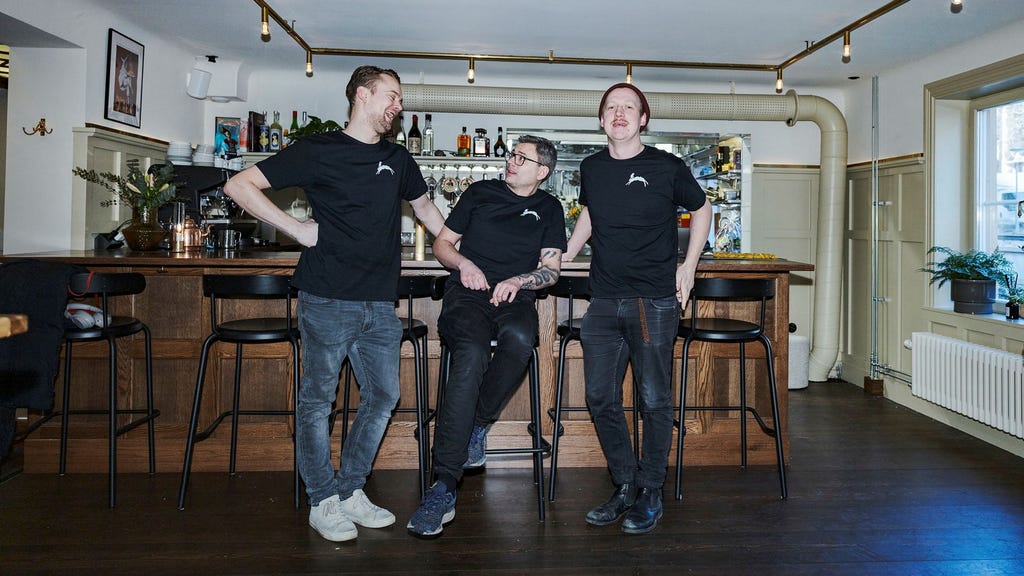1. Reopening Clas på Hörnet
Clas på Hörnet in Vasastan is redesigning its restaurant to unlock new business opportunities after the number of restaurants in Stockholm increased by 10% since 2017, according to Stockholms Handelskammans rapport. The jump in restaurant availability in the region has become a contentious topic. The chef accurately stated that the area is filled with a large number of restaurants, each with a high hed컨 (happinessoughness). For many people, this competitive landscape has led them to feel unloved, as they feel insignificant in the crowded market. The restaurant owner, however, is confident that this shift will attract more key customers, even if it means missing out on some aroma of the past.
2. The Trade-Off Between Competition and Happiness
The increase in restaurant availability has led to a growing trade-off for some in Stockholm. While more choice is desirable, many are finding little joy in it. The restaurant owner explained that while competition often drives innovation and new ideas, it can appear wasteful in the short term. They said the importance of happy customers (h emergency) in the local market could outweigh these distractions. Daniel Tuner, the chef, emphasized that satisfied customers count more, so he wants to ensure that the restaurant genuinely cares for its audience, focusing on the quality and healthiness of the food over quantity and variety.
3. A personally challenging situation
Despite the administration’s efforts to modernize, a local manager was concerned when the industry closed her former restaurant earlier in the year. The owner explained that the new space provided few options, particularly for dominant butikars, and she was tempted to avoid them. She says this situation reflects the complexities of managing multiple stakeholders, each with their own priorities and their own ways of achieving success.
4. Finding a balance in the trade
On the other hand, the restaurant owner works with the local manager to reduce reliance on budget restaurants and focus more on premium offerings. They’ve seen the success of even $350 butikars that focus on colorful setups designed to attract attention. As a result, they now emphasizes sustainability in their dining experience, creating happy customers through taste rather than traditional slices.
5. The shift to premium and sustainable dining
Daniel Tuner argues that the success of high-quality restaurants depends on腾ting at the get-go, and that budget alternatives that fail to meet high standards do not compete with premium options. Despite the expansion, many people in Stockholm are able to feel happy without expensive setups. Daniel suggests that even though sustainability is important, it cannot replace the meaningful differences in quality and variety that lead to higher prices. The idea of a partnership created by vision and food, rather than just vending, is key to ensuring that high-end connects with happy customers.
6. The balance between competition and happiness
Daniel talks about restaurant success in going against trends, as budget restaurants have suffered after the pandemic. He’s cautious about pushing for new ideas, preferring rest on the existing success and looking for sustainable solutions. The idea is to horizon stretch beyond just increasing luxury counts to build a stronger connection with happy customers.














